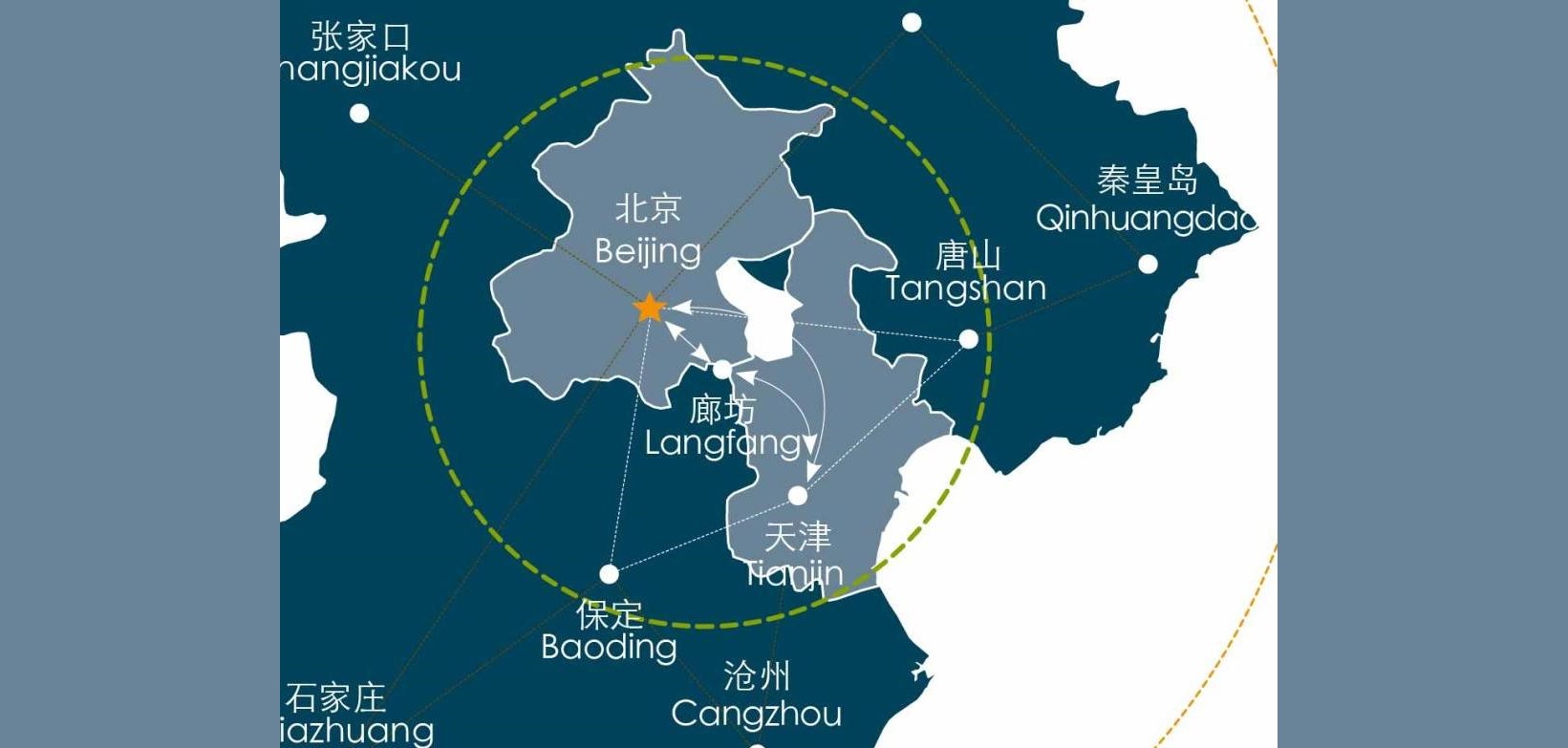
Hebei
Hebei is a province of northern China. Its single-character abbreviation is "Ji" (冀), and its provincial capital is Shijiazhuang. It is bordered by Bohai Bay to the east and the Taihang Mountains to the west. In ancient times, the area was known as Jizhou, but was given its current name in 1928. Hebei province is a cradle of Chinese civilization and rich in historical culture with many designated preservation sites. Its rail and road freight traffic rank amongst China’s highest.

North China Plain
North China Plain (also known as the Huanghuaihai Plain) is considered the most important region of the plains of eastern China. They were formed as a result of the alluviation of the Yellow River, Huaihe River, Haihe River, and Luanhe River. This plain crosses the seven provinces and municipalities of Beijing, Tianjin, Hebei, Shandong, Henan, Anhui, and Jiangsu. Its total area is 300,000 square meters. Incorporating flat terrain and numerous lakes and rivers, this transportation hub is known for its prosperous economy, and it has long served as a political, economic, and cultural center of China.

Coordinated Development of Beijing, Tianjin and Hebei
The coordinated development of Beijing, Tianjin and Hebei is a major national strategy focusing on the transfer of non-capital functions of Beijing in order to make breakthroughs in key fields such as integration of transport in Beijing, Tianjin and Hebei, local ecosystem protection and industrial upgradation and transfer. To achieve this coordinated development and innovation drive of Beijing, Tianjin and Hebei and carry forward the systems and mechanism of regional development meets the need to build a new capital economic circle and achieve the national development strategy for the future. The coordinated development and sound urbanization of Beijing, Tianjin and Hebei is of great demonstrative significance for sustainable development in the national urban clusters.

Cangzhou Golden-thread Jujube
The Cangzhou Golden-thread Jujube is a valuable fruit which sells well at home and abroad. Originating in Cangzhou City of Hebei Province, it has been cultivated for more than 3000 years. The unique soil, climate and other natural conditions and advanced cultivation and management techniques contributed to the high quality golden-wire jujube, which makes it the pillar industry of the rural economy in Cangzhou. Cangxian County is the major producing area and the largest place of the fruit’s origin in Cangzhou, so is known as China’s "hometown of golden-wire jujube".

Kiln Firing Technique of Cizhou
Kiln firing technique of Cizhou, one of the Chinese traditional handcraft techniques, originated in the Neolithic Age. Cizhou kiln craft products, with rigorous, simple and elegant composition, as well as interesting, lively and vivid images, demonstrate the social customs of the Yuan dynasty and provide abundant resources for the study of folk painting art in this area. In 2006, it was designated at the state-level as an intangible cultural heritage.

Shanhai Pass Scenic Spot
Shanhai Pass is a scenic spot located in Qinhuangdao City, Hebei Province. As an important heritage site under state protection, it is the major pass in the eastern part of the Great Wall of the Ming dynasty. In 1381, General Xu Da fortified this pass. It was given the name Shanhai Pass for its proximity to Yanshan in the north and Bohai sea in the south. Its landmark is "the First Pass Under Heaven". It is preserved completely as the Great Wall military defense system hitherto. Shanhai Pass scenic site has numerous attractions and pleasant weather. It is a famous historical and cultural city and summer resort for tourists.


 公安备案:
公安备案: